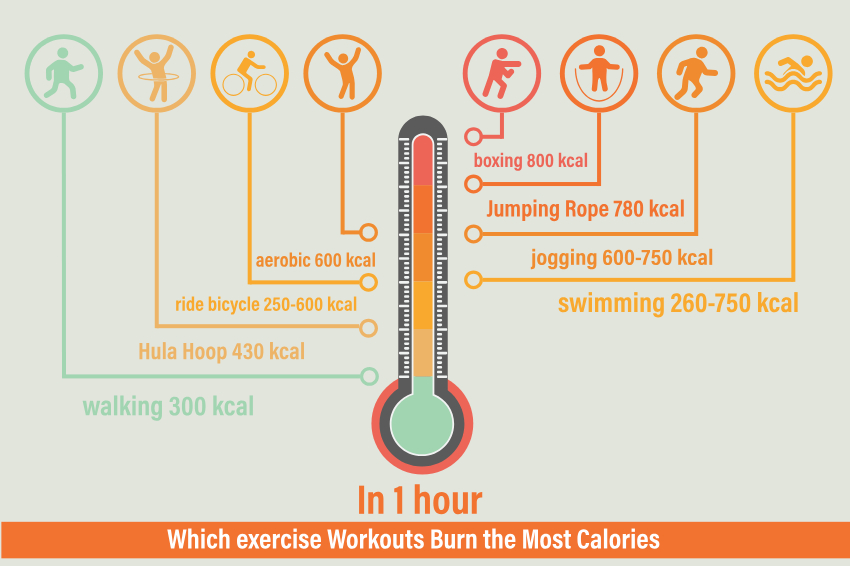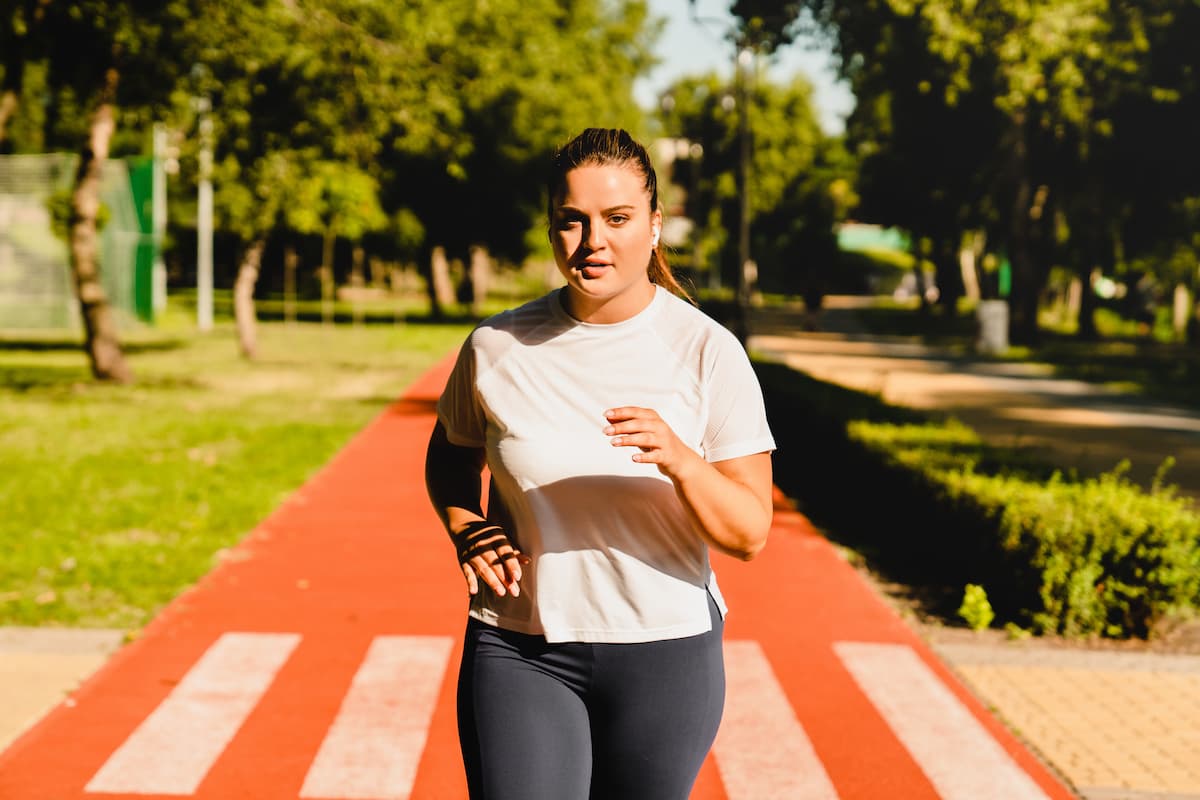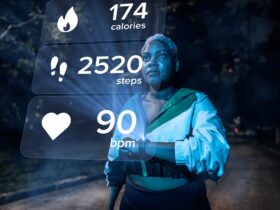Are you looking to boost your fitness routine or simply curious about how walking can impact your health ?
In this detailed guide, we explore the question: “How many calories does one hour of walking burn?”
Walking is one of the most accessible forms of exercise, requiring no special equipment and minimal preparation, yet it offers significant health benefits.
Whether you’re a casual walker or considering more rigorous walking workouts, understanding the caloric impact can help you tailor your fitness goals more effectively.
Read on to discover how your walking speed, body weight, and other factors like terrain and incline influence the number of calories you burn during a one-hour walk.
How Many Calories Are Burned Walking for One Hour ?
Here are some insights for a 70 kg average person at different walking speed :
| 🏃 Speed (miles/hour) | 🔥 Calories Burned (per hour) |
|---|---|
| 2.0 | 269 |
| 2.5 | 298 |
| 3.0 | 298 |
| 3.5 | 298 |
| 4.0 | 298 |
| 4.5 | 365 |
| 5.0 | 365 |
When it comes to calculating the number of calories burned during a walk, two key parameters stand out – the individual’s weight and walking pace.
The rate at which you burn calories while walking depends mainly on these variables, with heavier individuals naturally burning more calories than lighter ones at a similar pace.
Additionally, as your speed increases, so does your overall energy expenditure.
Here are some general estimates of calories burned during a one-hour walk based on body weight and walking pace:
- 150 lbs: 240 calories at 2 mph, 330 calories at 3 mph, 450 calories at 4 mph
- 180 lbs: 280 calories at 2 mph, 390 calories at 3 mph, 530 calories at 4 mph
- 210 lbs: 320 calories at 2 mph, 450 calories at 3 mph, 610 calories at 4 mph
Keep in mind that these figures serve as rough estimates and can vary depending on factors such as age, gender, and fitness level.
Factors Affecting Calorie Burn While Walking

While pace and body weight play crucial roles in determining calorie burn, other factors such as incline, terrain, and ambient temperature can also affect the total energy expenditure.
Walking uphill or on a steep incline requires greater effort than walking on level ground, leading to increased calorie burning.
Incline and Calorie Burn
A study conducted by Harvard Medical School revealed that people who walked for one hour at various degrees of incline experienced significantly different calorie burns. Compared to walking on a flat surface, increasing the incline to 6% raised calorie burn levels by approximately 50%. Furthermore, increasing the incline even more resulted in a much higher calorie expenditure, with a 12% slope causing an increase of about 90%.
Terrain Considerations
Walking on uneven surfaces like sand or gravel usually demands more effort than walking on smooth, hard ground. As you move across these rough terrains, your muscles work harder to maintain balance and stability, resulting in a higher overall calorie burn compared to walking on easier-to-navigate tracks.
Temperature Impact
It’s worth mentioning that extreme atmospheric conditions may impact how many calories you burn during a walk. For example, hot temperatures can cause your body to work harder to cool itself through sweat evaporation, whereas cold environments require additional energy expenditure to generate heat. In both cases, the extra effort translates to more calories burned compared to exercizing in a moderate environment.
Taking Steps to Increase Calorie Burn
To boost your calorie burn during walks, consider implementing the following strategies:
- Incorporate Interval Training: Mixing periods of brisk walking with lighter-paced intervals promotes a higher overall energy expenditure.
- Add Weighted Gear: Using ankle weights or a weighted vest raises your body weight and increases calorie burn during your walk.
- Swing Your Arms: Engaging your upper body muscles by pumping your arms adds to the overall intensity of your walk, translating to additional calories burned.
- Change Terrain: Opt for paths with varied surfaces and inclines to challenge your muscles, leading to a heightened calorie-burning experience.
FAQ Section
How does walking speed affect the number of calories burned ?
Walking speed significantly impacts calorie expenditure. Generally, the faster you walk, the more calories you burn per minute. For example, walking at a brisk pace of 4-5 mph can increase your calorie burn by up to 50% compared to a leisurely pace of 2 mph.
Can walking help with weight loss ?
Yes, regular walking can contribute to weight loss. By increasing your activity levels and maintaining a consistent walking routine, you can create a calorie deficit, which is essential for losing weight. Combining walking with a balanced diet enhances the weight loss effect.
What is the best time of day to walk for maximum calorie burn ?
While you can burn calories walking at any time of the day, some studies suggest that walking in the morning might help regulate appetite and improve metabolism. However, the best time is the one that fits consistently into your schedule, ensuring that you stick with your walking routine.
Does walking uphill burn more calories than walking on flat ground ?
Yes, walking uphill or on an incline significantly increases calorie burn. The added resistance of going uphill requires more effort from your muscles, which in turn consumes more energy and increases the number of calories burned.
How do factors like age and gender affect calorie burn while walking ?
Age and gender can influence the rate at which you burn calories. Typically, younger individuals and males tend to have higher basal metabolic rates, meaning they might burn more calories at the same walking pace compared to older individuals or females. However, individual metabolic rates can vary widely.
What are some simple ways to increase calorie burn while walking ?
To maximize calorie burn during your walks, consider varying your pace with intervals, walking on mixed terrain, or incorporating hills. Additionally, using weighted vests or ankle weights can increase resistance, thereby boosting calorie expenditure.
Is walking enough for overall fitness ?
Walking is a great start and can significantly contribute to cardiovascular health and weight management. However, for optimal fitness, it’s beneficial to include a variety of exercises in your routine, such as strength training and flexibility workouts, to cover all aspects of physical health.
Walking as Part of a Holistic Fitness Approach
While focusing on calories burned is a vital aspect of any exercise routine, it’s only one part of the equation.
A comprehensive approach to fitness should also consider aspects such as flexibility, strength training, and overall cardiovascular health. Incorporating various forms of physical activity, like yoga, weight lifting, and swimming, can help create a balanced and sustainable workout routine that promotes long-term wellness while preventing injury.
In conclusion, walking for one hour offers numerous advantages when it comes to burning calories and staying fit.
By understanding what factors influence calorie burn rates and implementing strategies for increased energy expenditure, you can effectively tailor your walking routine to maximize its potential benefits. So lace up those sneakers, strike up a moderate pace, and take a step towards healthier living.







